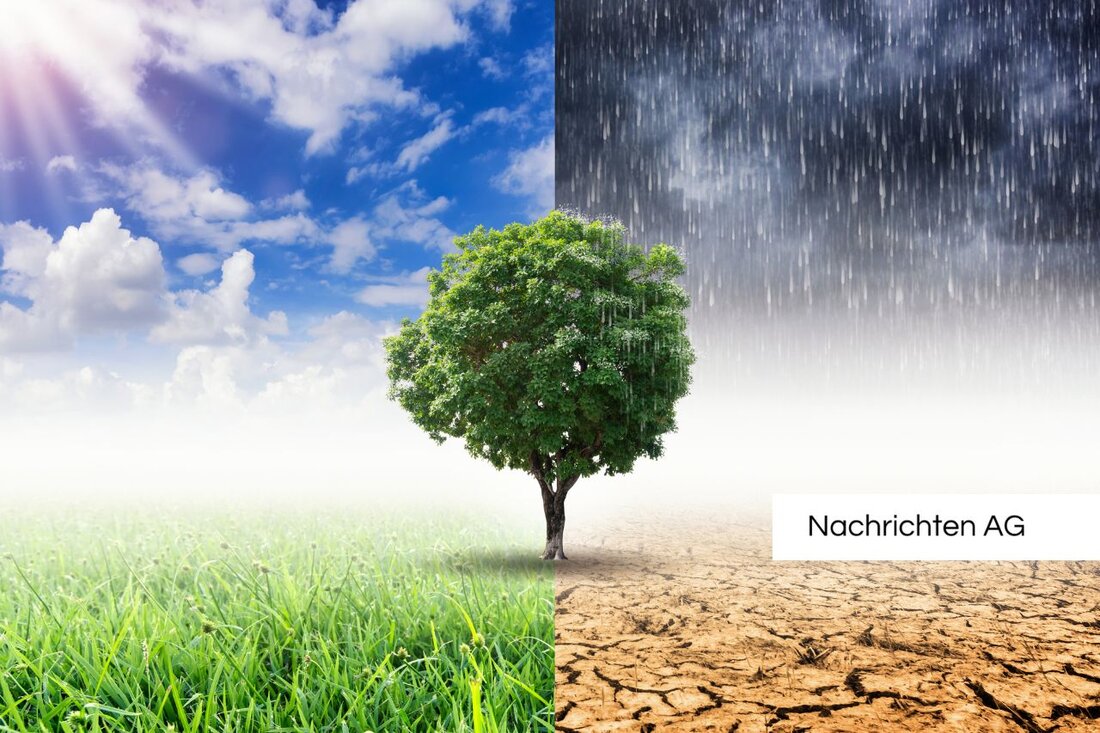Drama about the Groß Glienicker See: water supply or a waste of tax money?
An initiative in Brandenburg is calling for water supplies for the shrinking Groß Glienicker See, while critics fear tax waste.

Drama about the Groß Glienicker See: water supply or a waste of tax money?
The Groß Glienicker See in the north of Potsdam has recently been struggling with dramatic shrinkage. The “Task Force Glienicker See” initiative, founded in October 2024, has set itself the goal of counteracting the dilapidated state of the body of water by supplying water from the nearby Havel. This initiative is supported by various actors, including Bundestag member Helmut Kleebank (SPD) and representatives from the affected communities of Kladow, Sacrow and Groß Glienicke. The idea: When there is flooding in winter, a pipeline should be installed that directs purified Havel water into Lake Groß Glienicke. Kleebank describes the current conditions impressively: Anglers have to use ladders to get to their boats, while a wooden jetty belonging to the DLRG water rescue service falls dry, which is anything but inviting.
While the initiative seeks to address the water deficit, there are more than just enthusiasts. Critics like Andreas Menzel warn of tax waste and see the danger that the measure primarily serves the interests of private bathing jetties. Menzel doubts the effectiveness of the water supply from the Havel and suggests strengthening regional water cycles and unsealing areas in order to promote groundwater recharge. In this context, a feasibility study that will examine various options for saving the Groß Glienicke and Sacrower See by 2027 is being financed by the state of Brandenburg - at least 345,000 euros.
Tangible measures and strategies
The task force sees water transfer as an effective response to the challenges that climate change and demographic change pose to our water resources. Scientists from the CliWaC project support the initiative by recommending water transfer as an important climate adaptation measure. The construction of an approximately 20 cm thick pipeline, which could be several hundred to thousands of meters long, is intended not only to secure the lake's water level, but also to enable sustainable filling for future generations.
These efforts fit into the overall national water strategy, which was adopted by the Federal Cabinet in 2023. The aim of this strategy is the sustainable use of water resources by 2050, with particular attention to the effects of climate change, globalization and various substance inputs. Tools and measures that are to be gradually implemented by 2030 include protecting and restoring natural water balances and supporting responsible use of ground and surface water. The strategy relies on a comprehensive, integrative approach to meet both management needs and water protection.
A call to action
Helmut Kleebank is now calling for quick preliminary planning for the construction of the pipe transfer and hopes for constructive solutions from the water companies. The pressure from both environmentalists and affected citizens is increasing. This makes it all the more important that a solution is found that not only works in the short term, but also ensures the long-term health of Lake Groß Glienicke and at the same time respects the interests of all residents.
The next few months could be crucial for the future of Lake Groß Glienicke. It remains to be hoped that the discussions between the responsible authorities can reconcile both the benefits for the lake and the concerns of the critics.
Further information on the background and current developments can be found in the articles from daily news, Per Groß Glienicker See and Federal Environment Agency.

 Suche
Suche